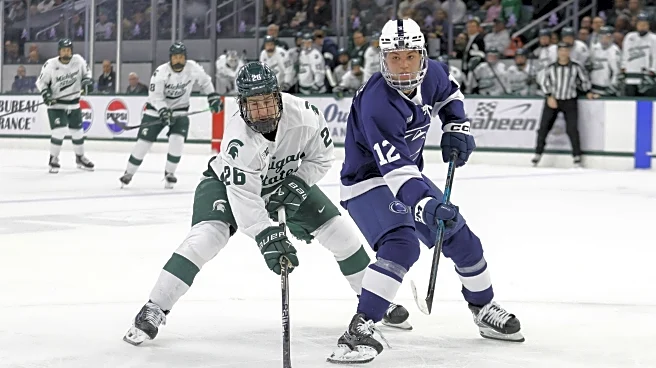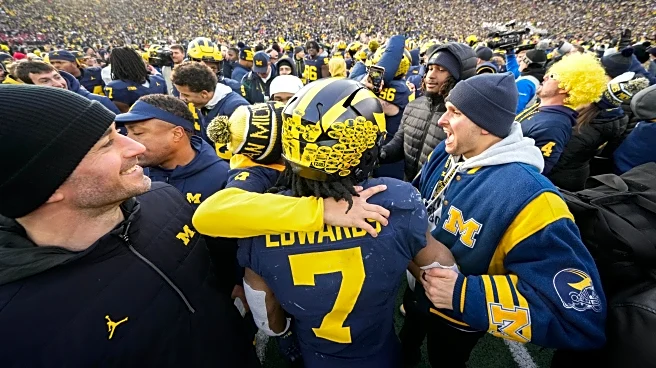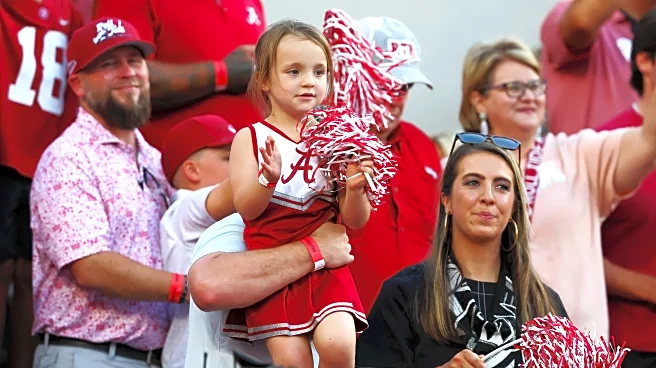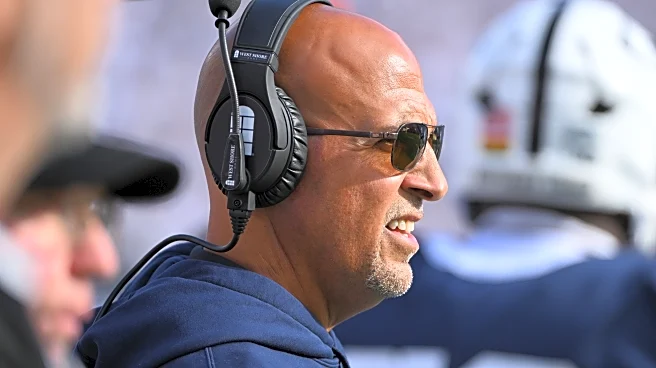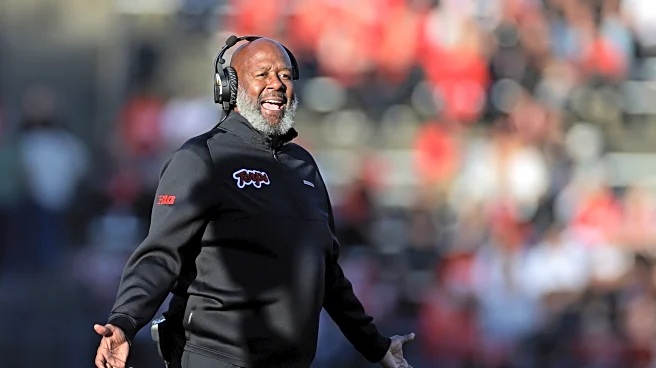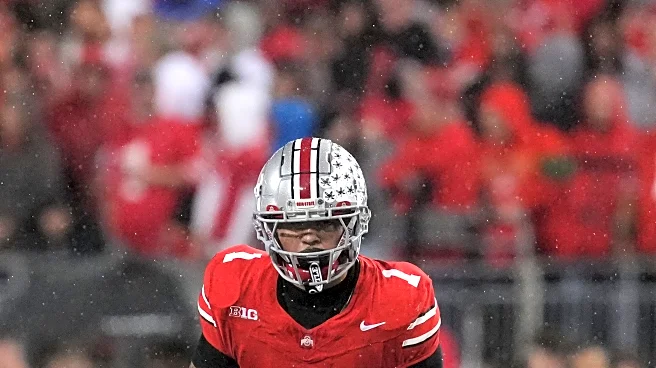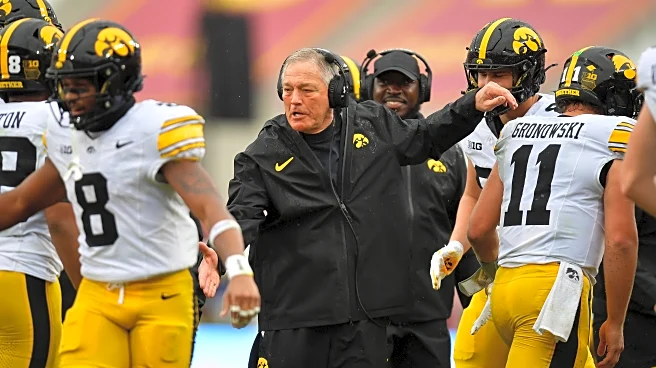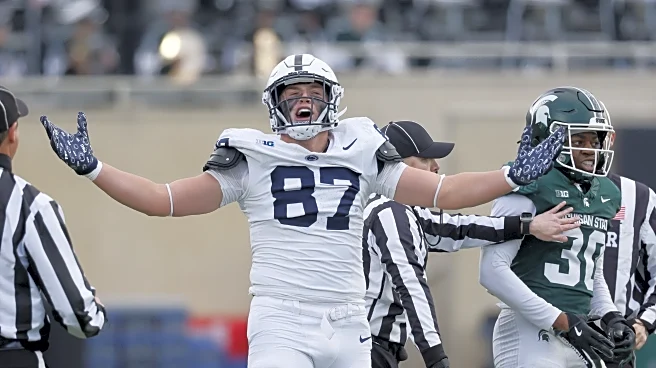Entering last weekend- and then after the 7-1 demolition Penn State took on Friday night- my concerns about the bottom six went from mild to spicy hot.
The Cerrato line has accounted for 23 of Penn State’s
47 goals this season but did not score one in any of the last four games. Their red-hot shooting percentages have slowly regressed back to the mean, which has put more pressure on the remainder of the roster to find the score sheet. An injury to Aiden Fink during the road series against Ohio State did not do any favors either.
As of the end of last weekend’s games, Penn State is at -6.5 goals above expected for the entire season. In other words, the Nittany Lions have scored 6.5 fewer goals than expected given the quality of shots and chances they have had. A large part of this is a lack of finishing ability from the bottom six, which has generated chances but has scored very few goals.
The bottom six is generally not expected to score as many goals as the top two lines, but they cannot be a black hole offensively and usually need to bring energy on the forecheck and backcheck. Any New York Islanders fans reading this might remember how important the team’s longtime fourth line of Matt Martin, Casey Cizikas, and Cal Clutterbuck was at setting the tone of the game, even though they did not score too many goals themselves.
On Saturday, Guy Gadowsky shuffled the bottom six to put Ben Schoen, Luke Misa, and Shea Van Olm on the third line. They scored arguably the biggest goal of the season to date in the second period:
Shea Van Olm wins a puck battle near the blue line and feeds it over to Mac Gadowsky, which springs Penn State on the counterattack. With only the two defensemen back for Michigan, the neutral zone is now wide open for the Nittany Lions as Gadowsky passes the puck forward to Ben Schoen.
Luke Misa makes a perfect centering pass to Van Olm, who missed the shot just wide. Fortunately, Misa is in position to capture the rebound and deposit it home from a really tough angle. A lucky bounce perhaps, but this line has been snakebitten all season, and if you can’t score a pretty goal, a greasy one will do just the trick.
Immediately after the goal, Gadowsky sent his fourth line on the ice against Michigan’s top line. On paper, this is a huge mismatch in favor of Michigan. This might have been my favorite shift to watch on the game replay, and a perfect encapsulation of how much better Penn State’s effort was on Saturday:
After dumping the puck in the offensive zone, you can see Nic Chin-DeGraves and Braedon Ford immediately go to work on the forecheck. They aren’t able to force a turnover, but DeGraves’ pressure slows down the Michigan breakout. The Wolverines eventually work the puck into the offensive zone, but Penn State does a good job of closing off the shooting lanes.
At 0:21 of the clip, Adam Valentini makes a nice pass to Michael Hage in the slot for a potential scoring chance, but Chin-DeGraves is positioned well to block the shot before it can get to Josh Fleming. The puck then bounces to Drew Schock in the near faceoff circle. A left-handed shot, Schock has to delay his shot a smidge, which allows Braedon Ford just enough time to close out and block his shot back into the slot.
After Schock’s shot is blocked by Ford, Chin-DeGraves dumps the puck down the ice. It appeared it would become an icing on Penn State, but excellent hustle by Lev Katzin negates the icing and allows Penn State to get a change.
The third line came up with another quality defensive shift early in the third period with Michigan desperate to find some offense:
Michigan got one low-danger shot from the point on this shift, but otherwise Penn State’s third line was hounding them. Luke Misa was noticeably active, finishing a check in the corner on Josh Eernisse and disrupting Michigan’s cycle and passing lanes with his stick.
Penn State’s fourth line sustained pressure in the offensive zone immediately following this shift. They could not get any quality chances, but they did hem in Michigan’s top line and cycled the puck well.
The third line again shut down Michigan’s offense minutes later:
Again, Penn State does a good job keeping Michigan to the outside. At 0:19, Michael Hage appears to have a lane as he drives to the net, but Ben Schoen does an excellent job closing out. Schoen’s check prevents Hage from getting a good shot off, and the Nittany Lions clear the zone.
Finally, Lev Katzin- who got bumped down to the fourth line on Saturday- made the key play on the game-winning goal:
Penn State caught a break here, as Adam Valentini’s shot hits the left post. As the puck bounces to the near wall, Michigan defenseman Tyler Duke (#5) pinches in to try to keep the puck alive in the offensive zone. Katzin beats him to the puck and pushes it back toward the neutral zone to Dane Dowiak, springing Penn State on an odd-man rush. As Dowiak skates into the offensive zone, he finds a wide open Reese Laubach, who has just come off the bench and has fresh legs. Laubach has plenty of room to shoot, and he fires it home glove side high.
Big Picture
One of the biggest differences in the team’s effort in Saturday’s game compared to Friday’s game was the 200-foot game from the bottom six. They combined for two goals (Chin-DeGraves added an empty net goal in the closing seconds), but it was the overall effort on the forecheck and backcheck that impressed me the most in this game.
As we have seen the last two weeks, top teams like Michigan and Michigan State have found ways to slow down the top guns on the Nittany Lions’ offense. Penn State needed a spark from the bottom six, and they delivered. We finally saw the third and fourth lines start to click after a rough start.
Perhaps Friday was the real kick in the pants that Penn State needed to reset. If the team continues to replicate Saturday’s effort as we head toward the back half of the regular season, this should be a fun race for the Big Ten title and Frozen Four.
